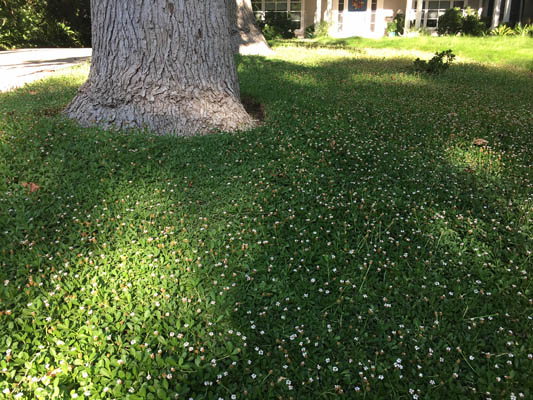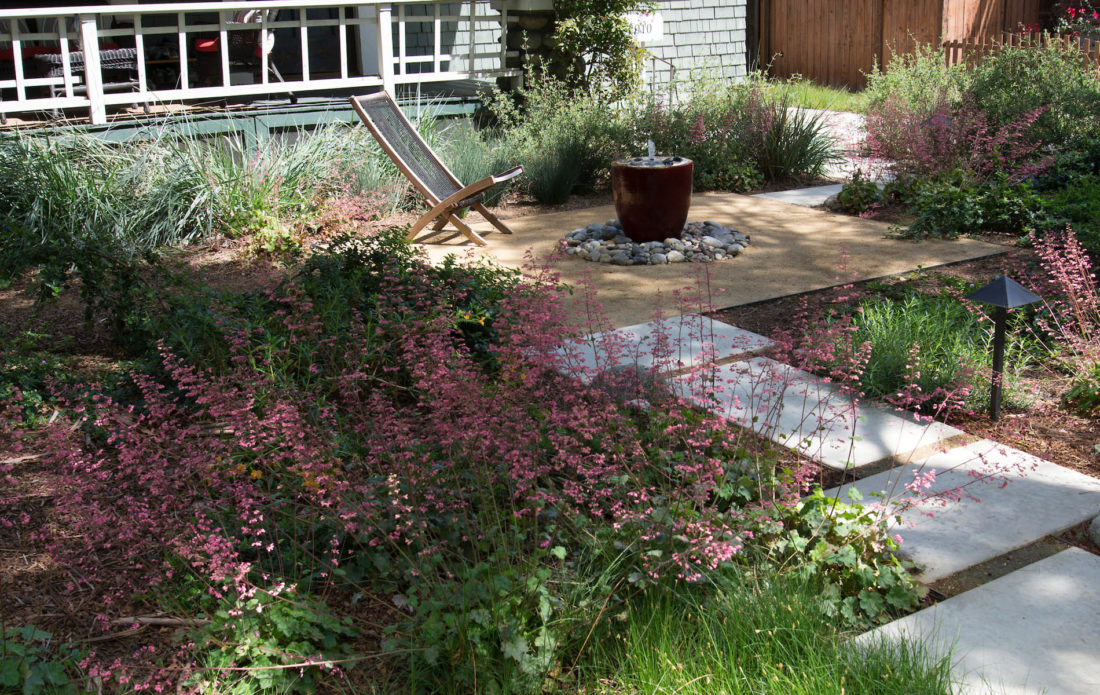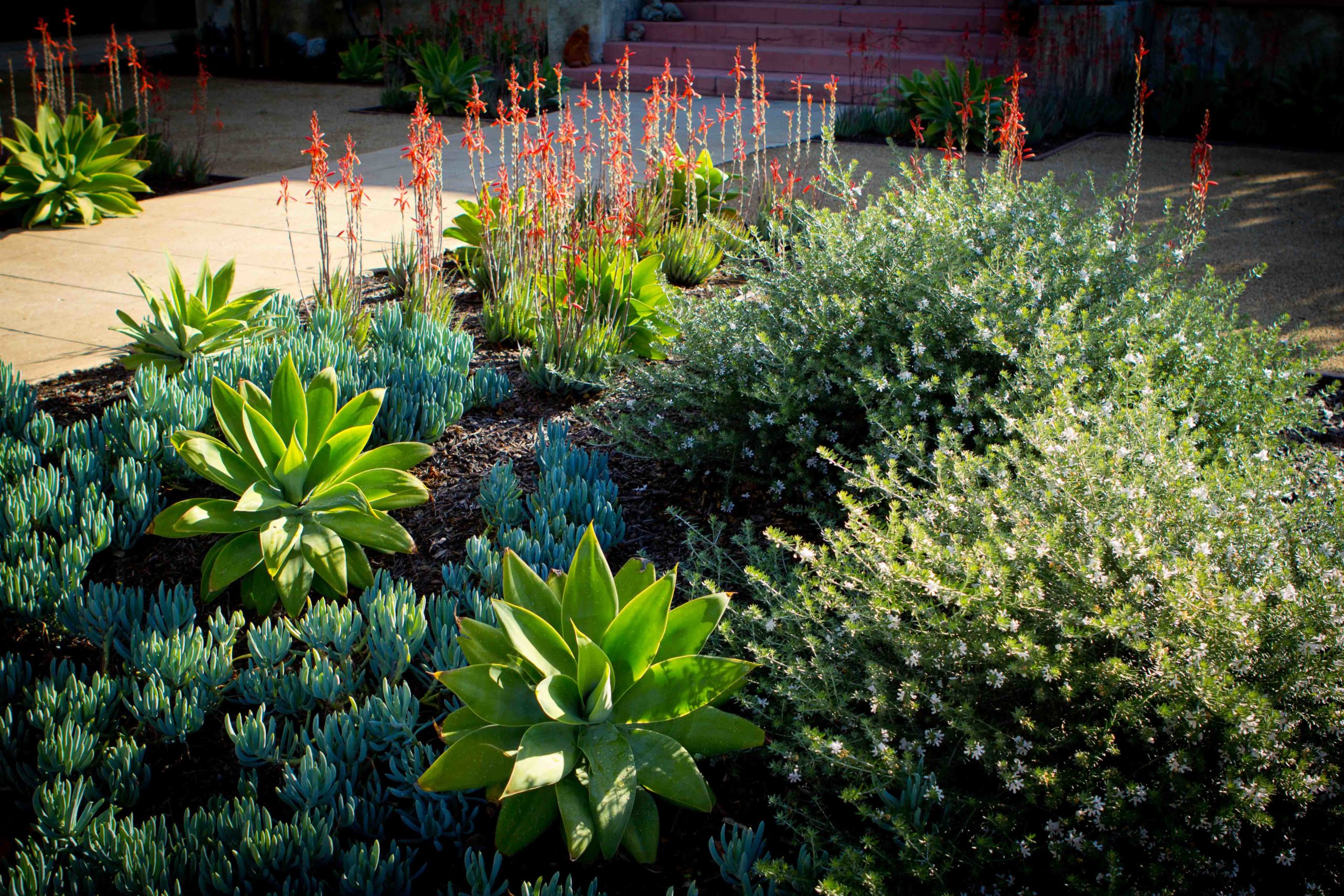In light of the recent droughts and wildfires in California, it’s clear that our current use of water is neither environmentally sustainable nor time- and cost-effective. Fortunately, there are many ways to lessen our individual footprints; replacing traditional lawns is one way to reduce impact in drier climates.
Grass lawns are water-intensive, making them unsuitable for arid Southern California conditions. In addition, their maintenance adds to their environmentally unsustainable nature–the gas and electricity that fuel the tools needed for maintenance create air pollution and the tools themselves create noise pollution. Additionally, chemical fertilizers that keep lawns looking healthy and lush often pollute groundwater and eventually flow into the ocean, harming marine life.
An alternative to traditional lawns that has been growing in popularity recently has been Phyla Nodiflora L., commonly known as Kurapia. Kurapia is an extremely hardy, drought-tolerant groundcover that can handle extreme weather, steep slopes, and irregular watering. It has the same air-purifying, aesthetic, and erosion-control benefits of traditional grass, though with the added benefit of being more environmentally sustainable.
The upfront expense of Kurapia is higher than a traditional lawn, however this is offset by decreased maintenance and watering costs. In addition, Kurapia qualifies as a lawn replacement in a number of water district and municipal turf replacement programs. For our clients with small children, pets, or otherwise in need of a lawn, Kurapia has been a welcome alternative. Contact us to learn more.



